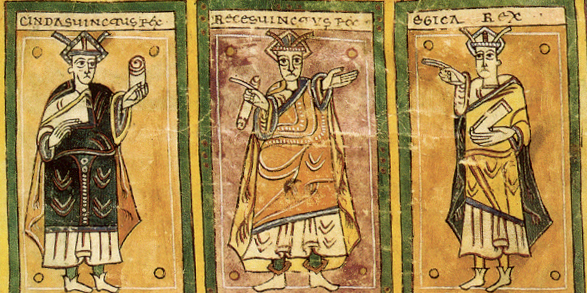It is more commonly known as “Mozarabic Chant”, but this definition is, in many ways, misleading. For historical reasons “Hispanic liturgy”, as it has also been called, is more appropriate.
While it is true that the manuscripts that comprise the canon of this kind of liturgical chant are all subsequent to the Arab invasion of the Iberian Peninsula, it is also true that these texts just gather an oral tradition already described by Saint Isidore of Seville in his texts De ecclesiasticis officiis.
Visigothic chant is born from two traditions. One, coming from northern Spain, known as Castilian-Leonese; the other one, from the south of the Peninsula, known as Toledane (from Toledo), although it most likely originated in Seville, as the testimonies of St. Isidore seem to indicate.
These chants, according to some sources, have a strong Jewish influence: apparently, until the fourth century in the Iberian Peninsula, Jews and Christians shared some liturgical practices, such as the recitation of the psalms and the reading of the Old Testament books. From these common practices, some of the melodies we hear in these monodic liturgical forms might have derived.
In the video below, we can hear the Visigothic-Mozarabic chants as they were standardized after the so-called “reform” of Bishop Cisneros, who commissioned the collecting and organizing of these codices in 1495 and created a Missal and a breviary with them.

